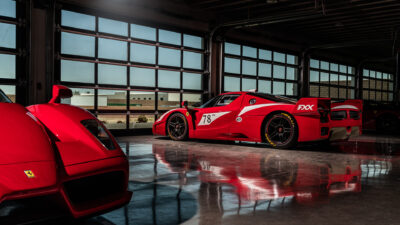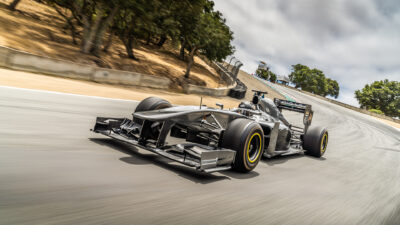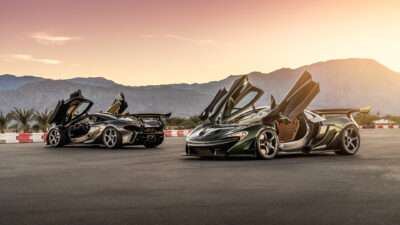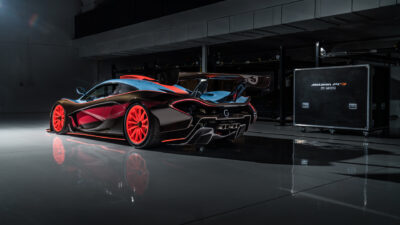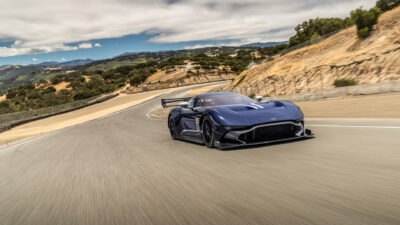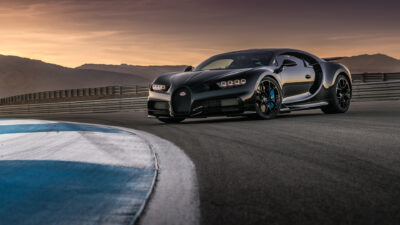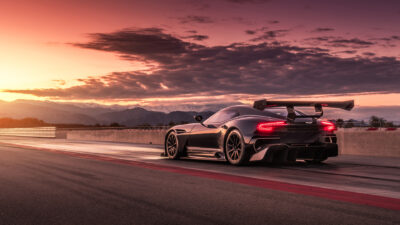Conceived in the early 1960s, the race was born from the visionary minds that sought to push the boundaries of what was achievable on the track. In 1966, the inaugural 24 Hours of Daytona took its place in racing lore, welcoming a diverse array of cars—from prototypes to GTs—and a mosaic of drivers prepared for a marathon of skill and stamina.
Over the years, the event transformed, becoming a proving ground where technology met tenacity. The iconic tri-oval track witnessed the evolution of machinery, from the roaring engines of the Porsche 917 to the high-tech prowess of contemporary prototypes like the Ford GT40. Each iteration of the race became a chapter in the ongoing story of automotive innovation.
As far as races to photograph go, the Daytona 24 Hour is one of the best in the world. It might not be the prettiest track in the world, nor the best layout, partially running the oval track made famous by NASCAR. What this race does provide is 24 hours of hard fought racing with some of the greatest automotive machines and drivers today.
In my now decade of experience, photographing cars and events I had yet to shoot a professional race, with almost all of my trackside experience, being relegated to photographing private events at the thermal club. For my first professional race to be the 24 hour Daytona was an exciting, yet daunting task.



























































































































